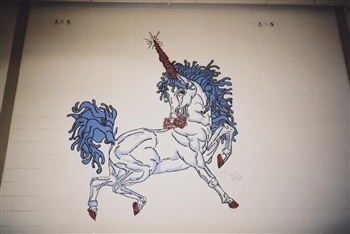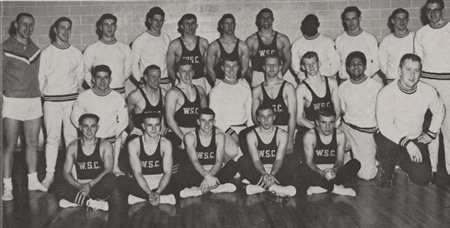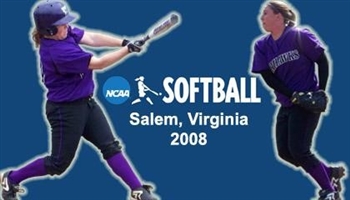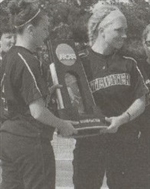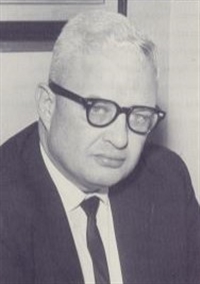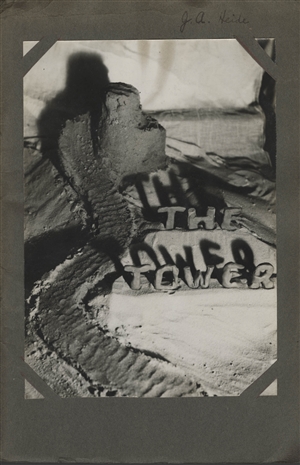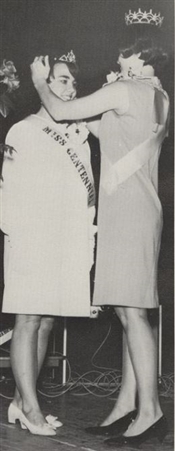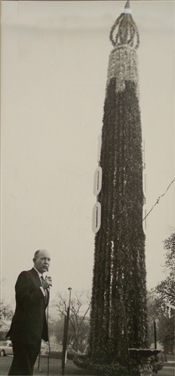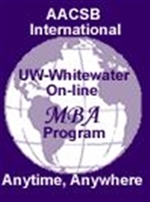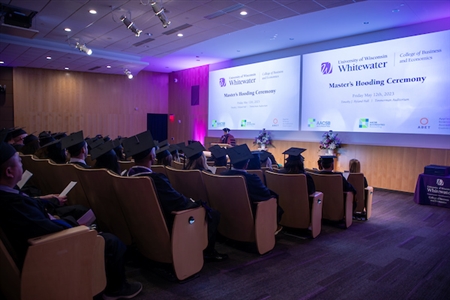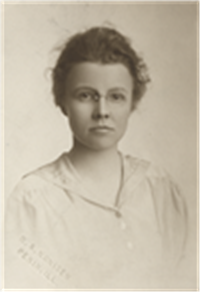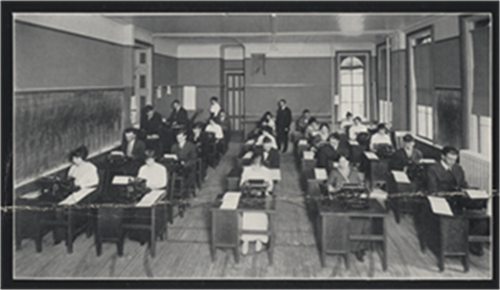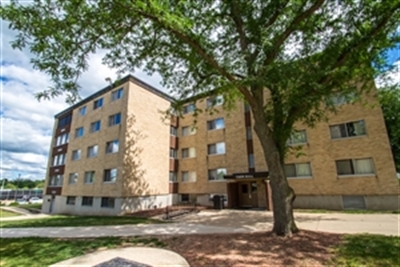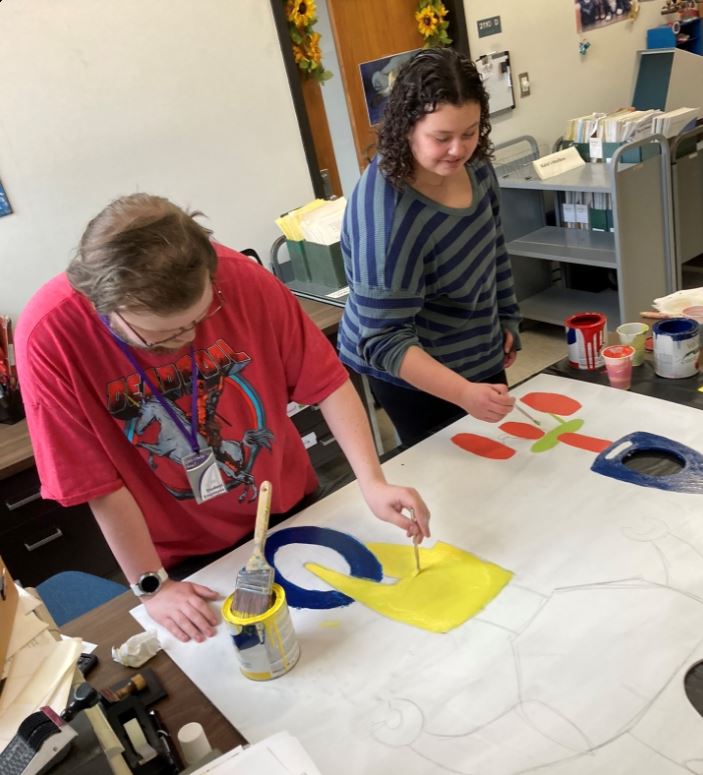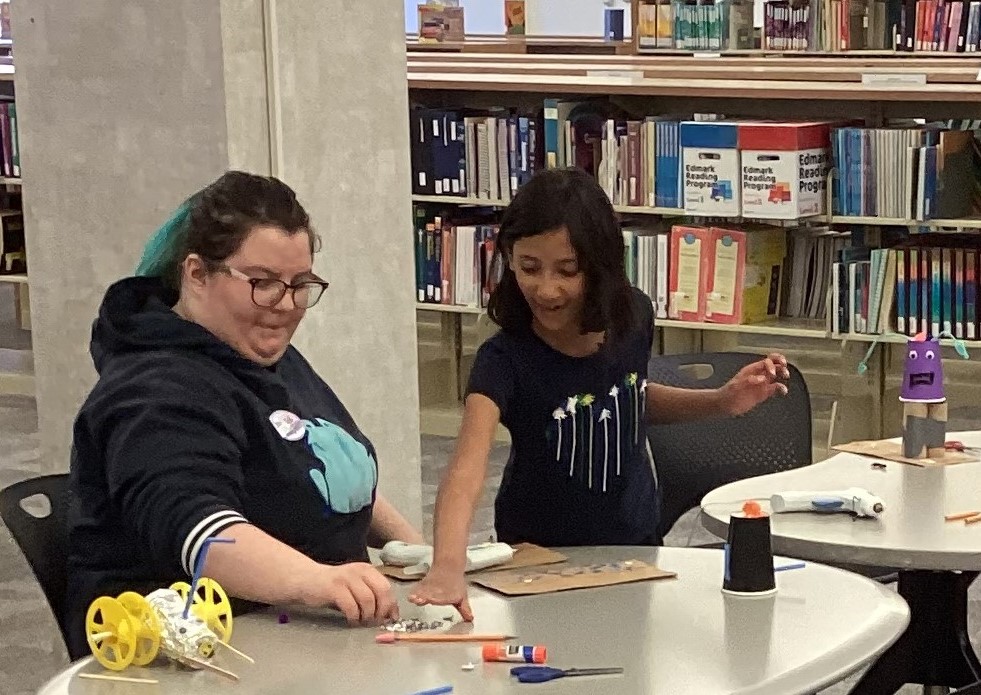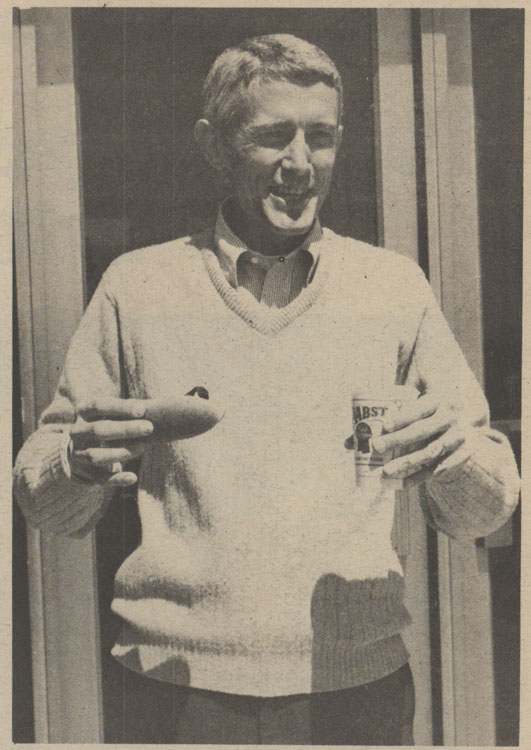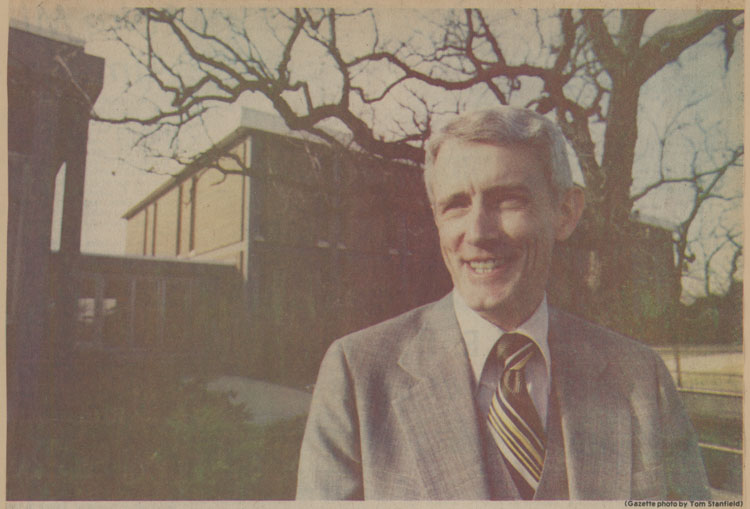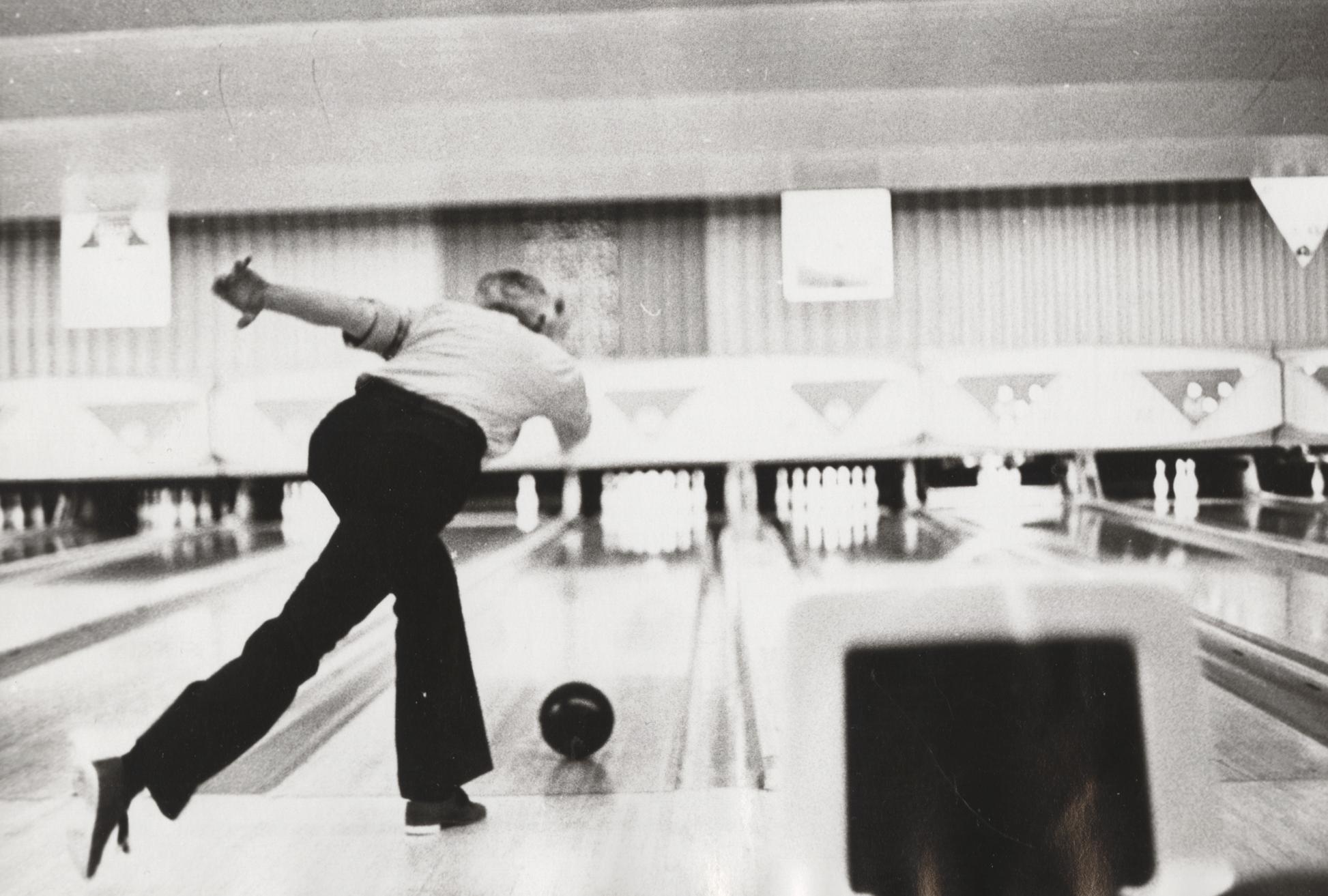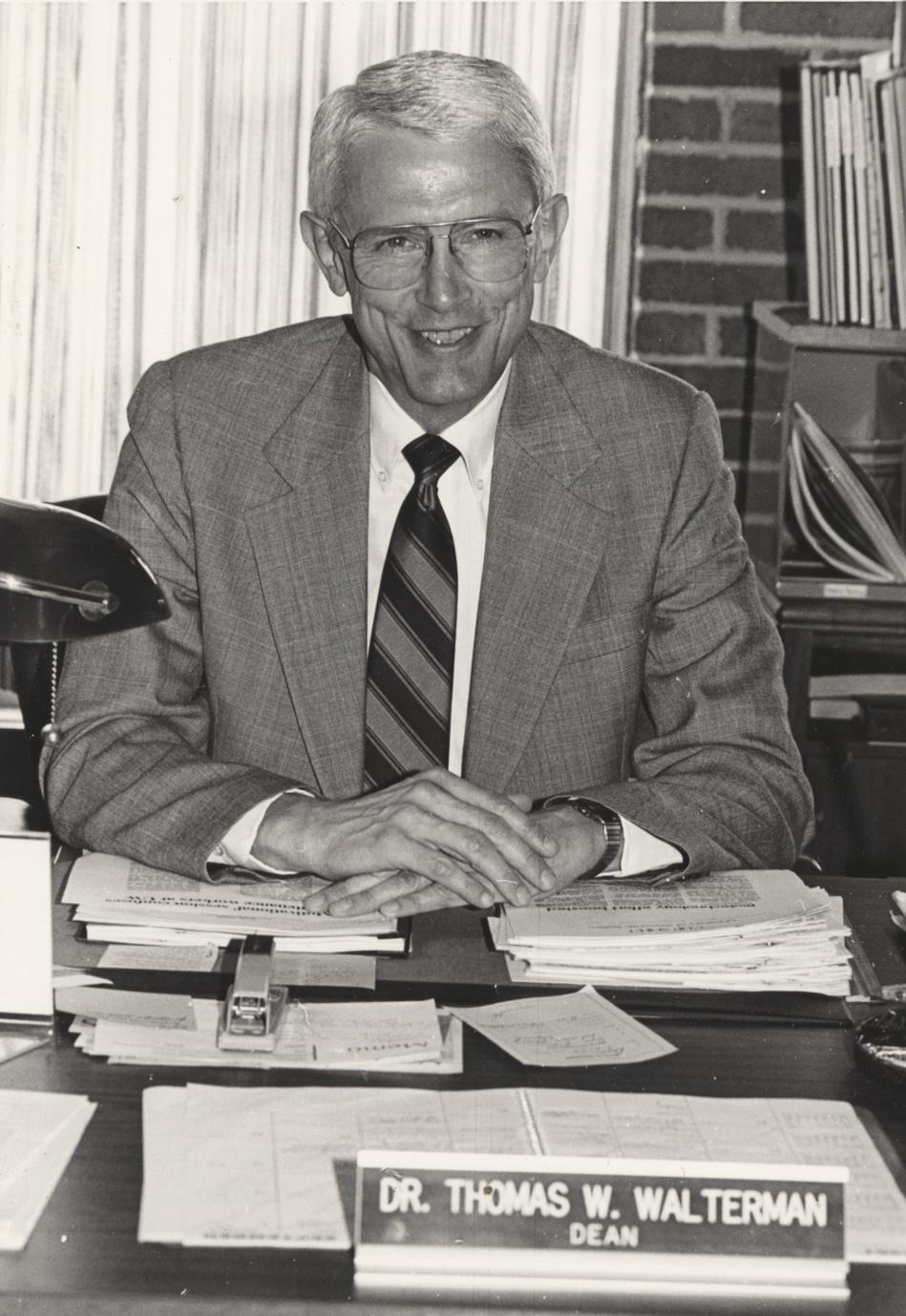Written by Jacob Ober
Following the end of World War II, the United States experienced a population boom, and with it, an increase in enrollment at many higher-learning institutions, including UW-Whitewater. When the school was founded in 1868, just forty-eight students were enrolled, but by 1955, the number of students had increased to over 1,000. Due to the baby boom, a decade later, in 1965, over 6,000 students were in attendance.[1] During this time of rapid change and expansion, the first graduate school program was introduced in the summer of 1960. Thirty-two students first enrolled in the graduate program, and that number doubled to sixty-four in 1962.[2]
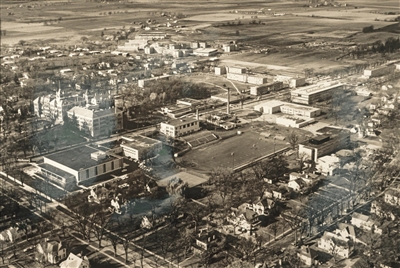
In August 1964, the university awarded its first-ever graduate degree, a master’s of science in teaching, to Alden Sidney Krumheuer.[4] A year later, in August 1965, eight more students were awarded master’s degrees. Due to the success of this new graduate studies program, in the Spring of 1966 three more master’s degrees were added to the program: a master of science in school business management, a master of arts in teaching, and a master of science in teaching with focus on elementary and junior high education. With these additions, the graduate studies program enrollment ballooned to 438 students in 1966.[5]
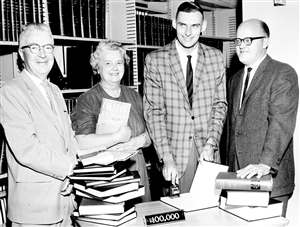
The addition of a graduate studies program and the awarding of its first degree in August 1964 signified a transition for the school and prompted a name change. Since 1951, the school had been known as Wisconsin State College – Whitewater, but with the addition of graduate studies, the school earned the title of university and changed its name to Wisconsin State University – Whitewater. Today, UW-Whitewater is one of thirteen main campuses in the UW System, all of which offer graduate studies programs. As of Spring 2024, 1,650 graduate students were enrolled at UW-Whitewater, over fifty times the number of graduate students enrolled in the first year of the program in 1960.[7]
[1] M. Janette Bohi, A History of Wisconsin State University-Whitewater, (Whitewater, WI: Whitewater State Foundation, Inc, 1967), 201.
[2] Ibid, 206.
[3] UW-Whitewater Archives and Area Research Center.
[4] The Royal Purple, August 4, 1964, 4.
[5] Bohi, A History of Wisconsin State University-Whitewater, 226.
[6] UW-Whitewater Archives and Area Research Center.
[7] “University of Wisconsin-Whitewater Enrollment Spring Semester, 10th Day Enrollment,” Institutional Research, Assessment, and Planning, UW-Whitewater, April 2024, https://www.uww.edu/documents/ir/University%20Data/Enrollment/Spring%20Enrollment/Enrollment%20Spring%20-%20Enrollment%20Summary.pdf.


